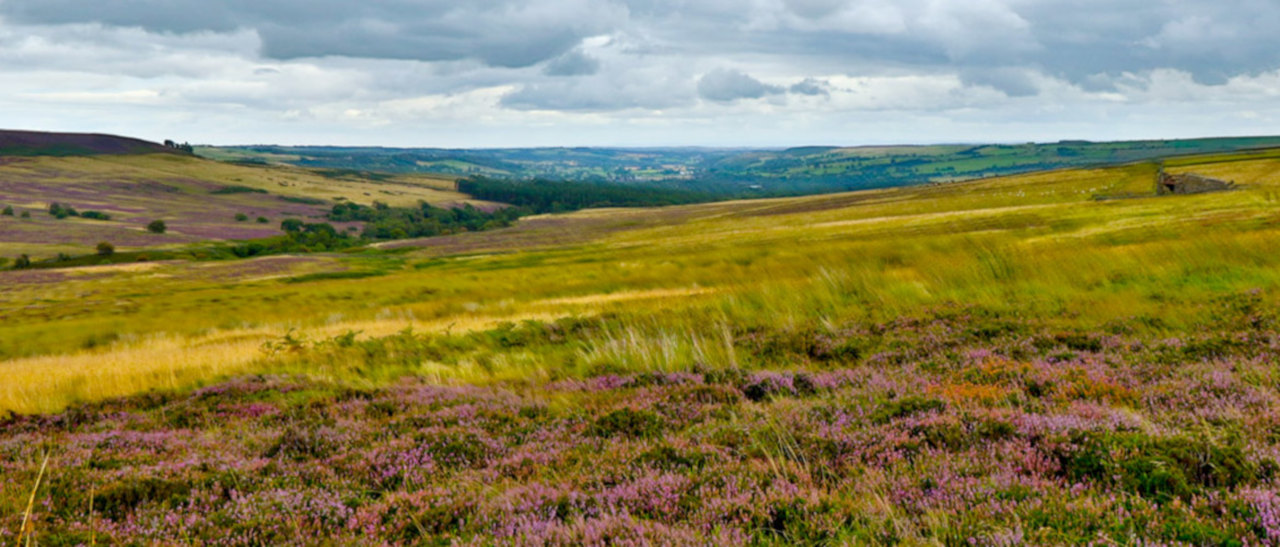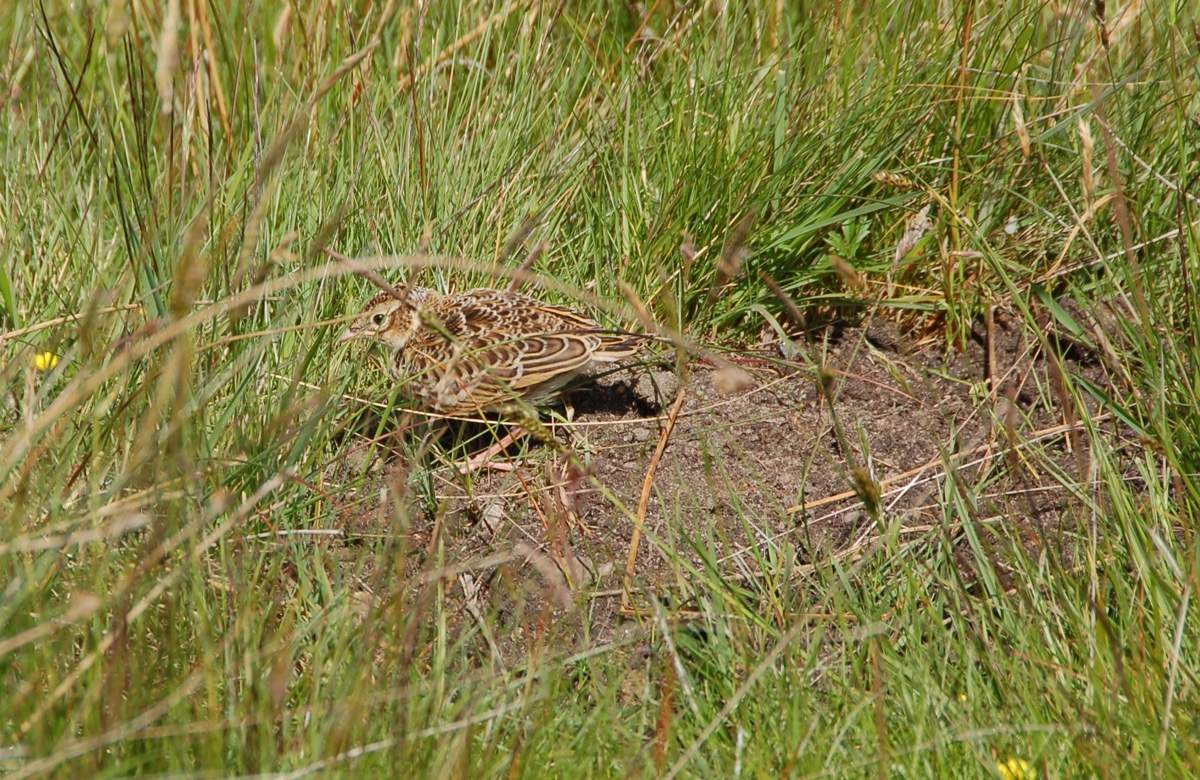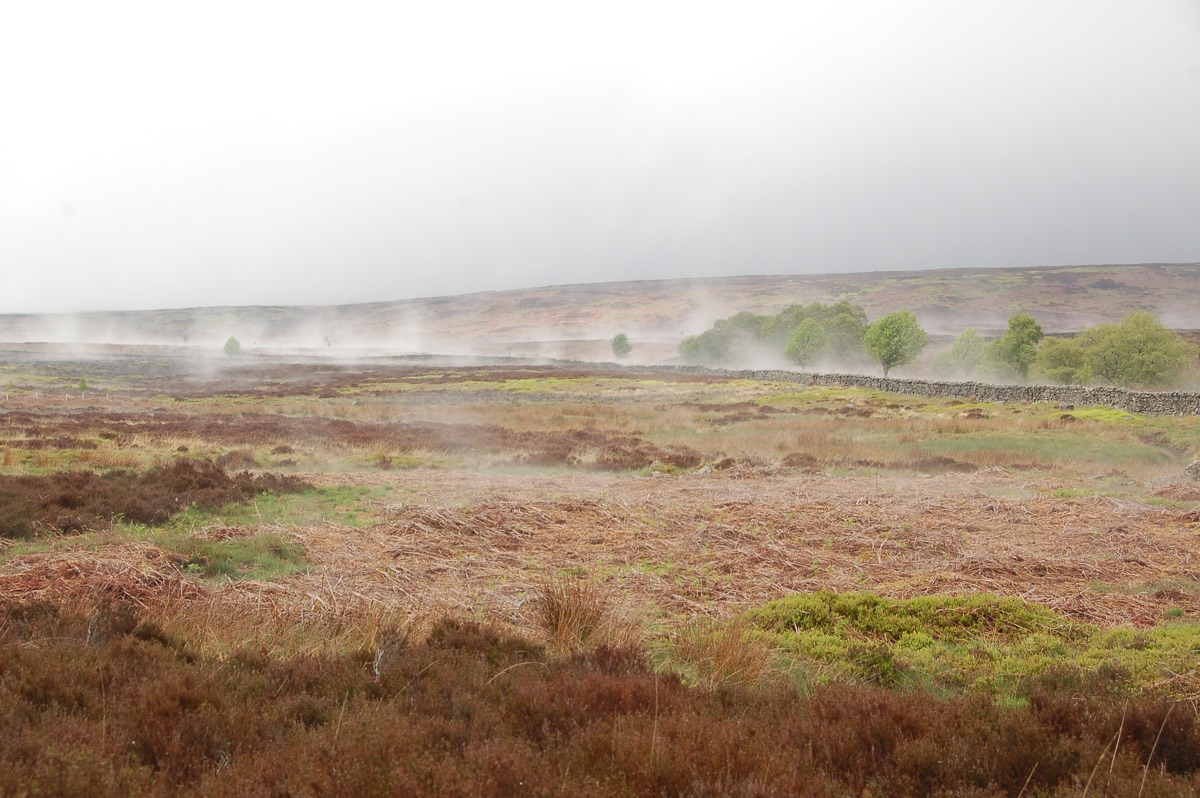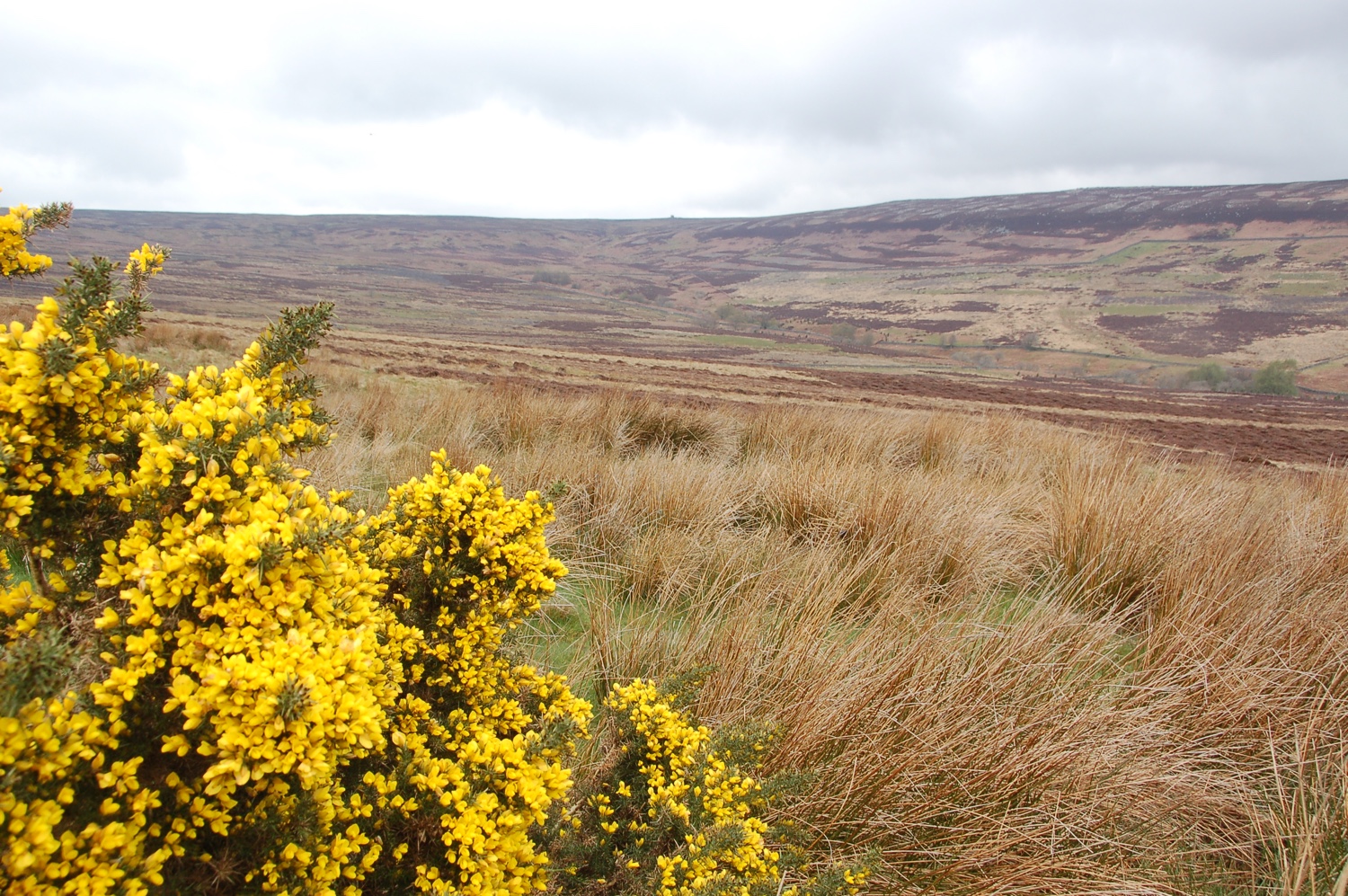Thornhope Moor was acquired by the Philip Wayre Upland Trust in March 2012.

The 278 acre reserve, located in the Wear Valley, is surrounded by Wolsingham Moor which rises above it to the west and north.
The reserve is made up of wet rushy pasture, upland ghyll woodland with juniper (Juniperus communis), upland heath and blanket bog. Thornhope Beck runs north to south through the eastern half of the reserve. The valley of the beck has mature trees at its southern end with juniper on the slopes. Juniper is a threatened species in many areas and is an important food source for black grouse. The Trust intends to plant further parcels of woodland near the beck with the aim of improving the habitat for the black grouse and other species.
Most of the rough grazing on the reserve is a short sward of mat grass (Nardus stricta), purple moor-grass (Molinia caerulea), cotton-grass (Eriophorum vaginatum and E. augustifolium), wavy hair-grass (Deschampsia flexuosa) and soft rush (Juncus effusus). Dwarf shrub species, which are in decline in many upland areas, provide an important food source for both red and black grouse as well as providing valuable cover. With good management the dwarf shrubs on the reserve are flourishing with ling (Calluna vulgaris), bell (Erica cinerea), cross-leaved heath (Erica tetralix), bilberry (Vaccinium myrtillus) and cowberry (Vaccinium vitis-idaea) being the main species.
The reserve is a haven for breeding waders especially curlew, redshank, snipe, lapwing and golden plover as well as black grouse, red grouse and grey partridge. The grazing is specifically managed to create a mosaic of different lengths of sward providing a diversity of growth to suit the different needs of the variety of species which visit. Bilberry, an important deciduous under shrub providing food for grouse and other birdlife, is found in abundance on the wetter areas of the moor.
Roe deer and brown hares are commonly seen on the reserve. Hares are in decline in many parts of the country and the Trust is keen to improve the habitat to ensure the survival of this enchanting and secretive mammal. Wildlife sightings together with the vibrant purple moorland at the summer’s end make this reserve a very special place.
Our supporters are always welcome to visit our reserves by prior appointment. To arrange a visit please contact us.
Latest From The WardenArchive
Pretty quiet on the reserve at the moment, with the odd hare, rabbit and grouse just about making up the tally, although there is a buzzard about.
However, I'm a bit concerned I've seen no partridge for weeks now, I just hope that at least one pair has managed to produce a brood in what's been a good year elsewhere.
2022-09-14
It's drying up all the time, with more of the gutters now dry and the scrapes along with them.
However, it is very purple with the heather in bloom.
2022-08-18
Quite few birds on the wing, or nearly there anyway, lapwing in particular. The grass in the pasture is growing and making smaller chick spotting more or less impossible, though there are a few grouse showing and the odd hare. Oyster catcher, curlew etc all making their presence known.
A little skylark that was not far off heading skyward.

2022-06-02
Morning was very wet, but the afternoon promised to be better - and it was - the temp went up fifty per cent in five mins! Things are growing fast now, the bracken in the ghyl has shot up about a foot in a week.
It just shows what getting the sward right does, a lapwing has a brood of two on a newly cut section. A kite was loitering around, getting serious grief from a culrew and some lapwing, so it went elsewhere, leaving all in peace along with another new nesting pair of Redshank.

2022-05-16
Bitterly cold, only 4°C so I'm not sure what the first young lapwing I've seen hatched this morning are going to eat. It was so cold I didn't stay in one place very long as I didn't want to keep adults from brooding either eggs or chicks.
Not too cold for our first cuckoo though, calling for some time in the ghyll, so maybe summer is coming. Plenty of little easter bunnies on the go. The only splash of colour is the gorse, everything else is browned by the east wind.

2022-04-25
